WLW Books, Lesbian Fiction, Sapphic Books, F/F Romance: What’s the Difference?
Alphabet soup. QUILTBAG. The Alphabet Mafia, as TikTok puts it: the LGBTQQIP2SAA+ initialism seems to have been in a state of reinvention from its inception. Queer identities are always in a state of flux, with labels being invented and retired frequently. In one way, this is a strength: we are constantly evolving, and the queer imagination is limitless. We’re always finding ways to adapt language to better suit us, to find the words that feel like a celebration instead of restriction. The downside, though, is that it can sometimes be difficult to navigate all this language.
More than a decade ago, I started a lesbian and bisexual women book blog, and if I’m being 100% honest, the “bi” part was an afterthought. There just weren’t a lot of bi women books out at the time, so the vast majority of the books covered were lesbian. I also sometimes referred to it as a queer women book blog. If I had started it today, I would probably have called it a sapphic book blog. So what’s the difference between all of these? If you’re picking up a lesbian fiction book, an F/F romance, a stack of WLW books or sapphic books or queer women books, aren’t those all the same? While there is a lot of overlap, there are key differences that matter when you’re either recommending or requesting books. Many times, people ask for WLW books and are disappointed when they don’t get F/F romances. By being more precise with these labels, we can make sure people are getting the representation they’re looking for.
Queer Women Books
Queer women books, of course, cover all books about queer women. Queer is a wide umbrella term that doesn’t just apply to sapphic people. Asexual and/or aromantic women may identify as queer, and ace or aro women titles can (and probably should) be included in queer women book round ups. Similarly, straight trans women may identify as queer. On the other hand, some people who identify as sapphic or lesbian don’t identify as a woman: nonbinary sapphics and lesbians exist. In that way, “queer women books” can be simultaneously too restrictive and too broad, depending on what you’re looking for. The Lesbrary, for instance, isn’t really a generally queer women book blog because it doesn’t include books with a straight asexual woman main character.
Examples of queer women books:
- Every Heart a Doorway by Seanan Macguire, which has an asexual woman main character
- Fierce Femmes and Notorious Liars by Kai Cheng Thom, which is about a trans woman
- Dread Nation by Justina Ireland, which has both bisexual and asexual women rep
WLW Books
Women-loving-women books is a more specific category than queer women books, but less specific than lesbian books. It applies to any woman who loves women, which includes lesbians, bi women, pansexual women, and any other non-monosexual woman (polysexual, omnisexual, etc). If course, we still have that “woman” modifier. Nonbinary lesbians or sapphics wouldn’t fit under this umbrella.
WLW, though, was a term coined by Black lesbians, and there is debate about whether it’s appropriate for non-Black people to use.
Another hiccup here is that although WLW doesn’t necessarily mean F/F — you can be a single lesbian or a bisexual woman in a relationship with a guy, for instance — it’s often misinterpreted that way. Many people think WLW and F/F are interchangeable (which, given how similar they looks, makes sense).
Overall, although this is a concise term that makes things like tagging easy, there are a lot of pitfalls to using it.
Examples of WLW books:
- The Color Purple by Alice Walker
- The Salt Roads by Nalo Hopkinson
- The Stars and the Blackness Between Them by Junauda Petrus
Sapphic Books
Along with WLW, sapphic is a term that’s only recently gained traction — though sapphic dates back to the 16th century, with the same referent as lesbian, it’s found new popularity in the last handful of years, beginning online. Although sapphic and lesbian have the same root, they do have different meanings. Sapphic includes lesbians, bisexual women, and nonbinary people who align with the term. Therefore, all lesbian books are sapphic, as are all WLW books. They can be of any genre and don’t have to include an F/F romance. A bi woman main character with no romantic interests throughout the course of the book would still qualify a book as sapphic.
Examples of sapphic books:
- When Fox is a Thousand by Larissa Lai
- The Seven Husbands of Evelyn Hugo by Taylor Jenkins Reid
- Stray City by Chelsey Johnson
Lesbian Fiction
Here’s where things get tricky. Literally, lesbian fiction should cover any novels with a lesbian main character. In practice, though, there is a lot more that gets tagged onto this label. Lesbian fiction, or lesfic, was the label used for most F/F romances up until recently. Publishers like Bold Strokes Books or Bella Books are usually considered lesfic publishers. Those books generally include F/F relationships, but they may have other genre elements outside of just romance.
Awkwardly, this has also meant that books with F/F romances, especially those published by the well-known lesfic publishers, are called lesbian fiction even when the main character is bisexual. It’s made this term muddied and unhelpful, in my opinion. While lesbian fiction should be narrow in identity (just lesbians) and broad in genre (any fictional book), it tends to be used interchangeably with F/F romance.
What annoys me about this is that it also means that a lot of people think lesfic is the only kind of sapphic fiction that exists. While these books can be great, they’re only one small corner of queer lit. Lesbian books don’t have to be romances or even have romantic relationships in them. A single lesbian is just as much a lesbian as one in an F/F relationship. Lesbian books can be historical fiction, high fantasy, hard sci fi, middle grade comics, etc. They’re not just romance.
It also means that lesbian readers who are looking for representation in the books they read now have to jump through several hoops when looking for recommendations. “I’m looking for lesbian fiction, by which I mean characters who identify as lesbians and use the word lesbian, but they don’t have to be romances.”
Examples of lesfic:
- Above All, Honor by Radclyffe
- Kiss the Girl by Melissa Brayden
- Jericho by Ann McMan
Examples of lesbian fiction (fiction with lesbian main characters that use the word lesbian):
- Everyone in This Room Will Someday Be Dead by Emily Austin
- Laura Dean Keeps Breaking Up With Me by Mariko Tamaki & Rosemary Valero-O’Connell
- This is What It Feels Like by Rebecca Barrow
F/F Romance
This is a term I wish people would use more, because often when people ask for any of the above terms, what they actually want is F/F romance. It’s a book in the romance genre that has a relationship between two women. This one has a pretty simple definition! It doesn’t matter how the characters identify (lesbian, bisexual, queer, sapphic, questioning, etc.), just that there is a romantic relationship between two women.
The only stumbling block with this one is that sometimes people lump in relationships between a sapphic woman and a nonbinary person here, which is not correct. This should only be applied to relationships between two women.
Examples of F/F romance:
- Knit One, Girl Two by Shira Glassman
- Roller Girl by Vanessa North
- Once Ghosted, Twice Shy by Alyssa Cole
So there you are! Now you know how to talk about the kinds of queer women rep you’re looking for. And since you’re here, I think you’ll like these posts, too:

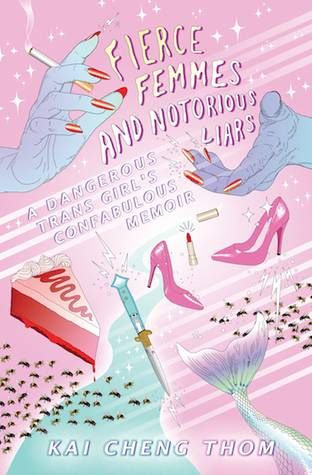
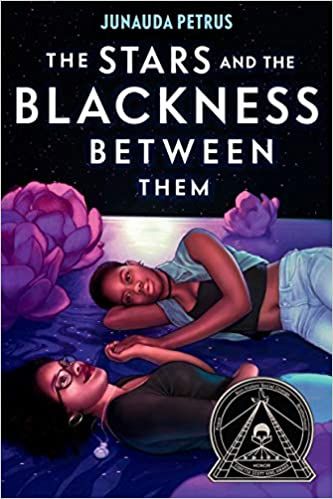
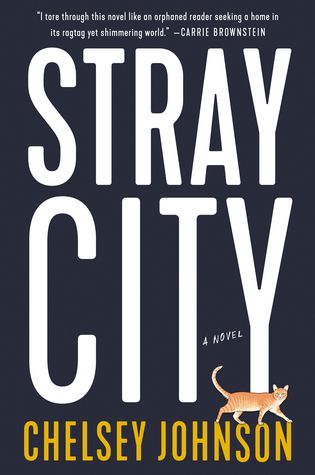
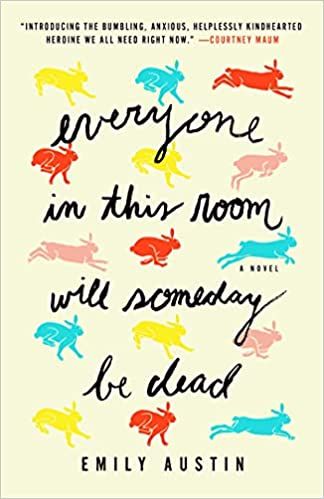
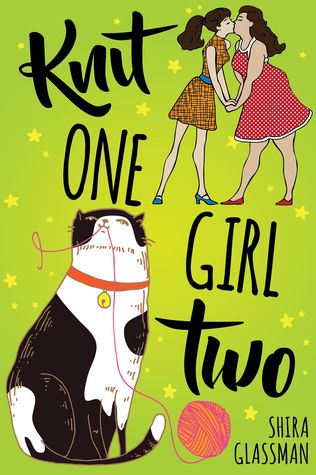

إرسال تعليق
0 تعليقات